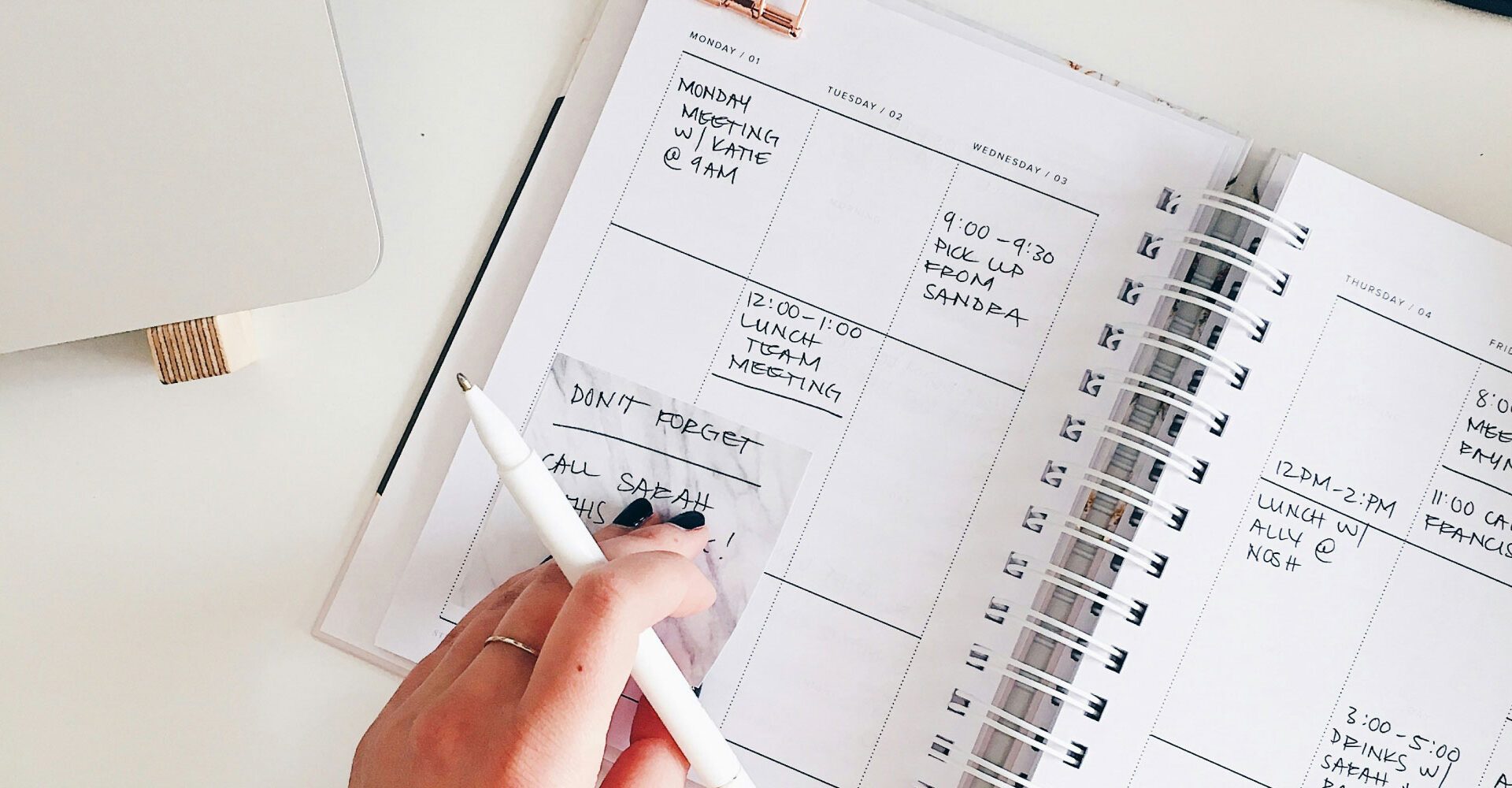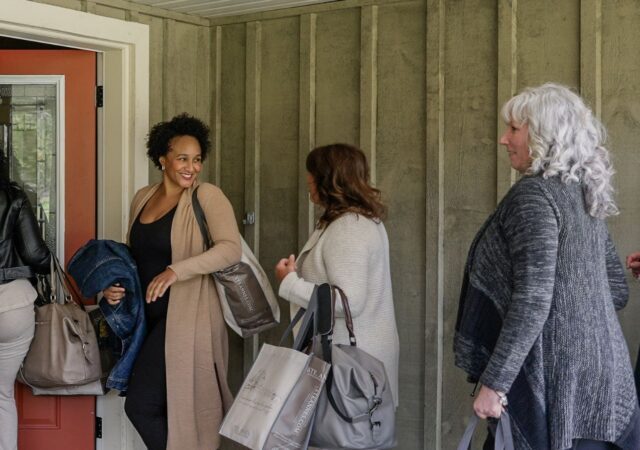The Power of Microbreaks

Don’t let the hustle and bustle of the day burn you out. Pausing for small breaks throughout your work day is powerful and needed – they can help relieve stress, boost energy, and inspire new ideas.
Although many of us believe we can’t afford to take a break because there’s just way too much work to do, you can’t afford not to! Purposeful pauses are actually essential to beating burnout and managing our energy to be more productive, reports work coach Rebecca Zucker.
Prioritizing work self-care is essential for enhancing our well-being and bringing our best selves to work. This doesn’t require a complete lifestyle overhaul or need to be daunting. Small positive habits, including regular mini-breaks, can help to manage the stress so you feel less tired and moody.
These microbreaks can be as short as taking a few deep breaths over 10 seconds to taking five or 10 minutes to stretch, take a walk, call a friend, or read a quick article. Sprinkle in as many as you can throughout your day – they’re cumulative and restore capacity emotionally, mentally and physically, helping you to be more resilient, reports Rebecca, of Next Step Partners.
Recognizing when you are sluggish or stalled in your work or getting overly stressed is a good time to put down what you’re doing and take a break, recommends Rebecca. Creating these healthy pauses takes planning, so take her tips on just how to build them into your day:
Be intentional in scheduling in microbreaks and disciplined in taking them – leave it to chance, and there’s little chance they’ll find their way into your day. Employ pop-up reminders on your computer or phone.
Build on bathroom breaks. It’s a natural thing we all do during the day, so while you’re up, add on a new micro habit – take 5 to 10 minutes to listen to music, meditate or do the stairs in your house.
Set specific time blocks to respond to emails and other communication. This makes you more efficient as switching tasks can slow down our work pace by 50%. Instead of using spare moments to hastily reply to emails, use these precious minutes for deep breathing, meditating or a power walk around the block.
Cut meetings shorter. It’s recommended to set shorter meetings for 15-25 minutes and longer meetings for 45-50 minutes, according to Rebecca. Participants often take up the entire time allotted for a meeting, so setting shorter meeting times can be more productive and efficient. Take advantage of the remaining 5 to 15 minutes before your next meeting to get up from your desk and stretch or grab a healthy drink and snack.
Have a go-to routine for unexpected breaks. When a phone call doesn’t come through or a meeting ends early or starts late, use those bonus minutes to revive and thrive.
Cue microbreaks with visual reminders. Use post-it notes or drawings in your workspace, even a water bottle front and centre, to spark an impromptu pause.
And importantly, give yourself permission to take breaks. Challenge societal assumptions that you can’t afford to take time away from your desk – this is often fear-driven, says Rebecca. Try to acknowledge the fear around what you believe will happen if you take a break. Is that really true? Is it always true? Perhaps you can’t afford to not take a break?
Remember that you are human and not a machine, says Rebecca, who coaches executives on leadership development, and that includes healthy break taking.














